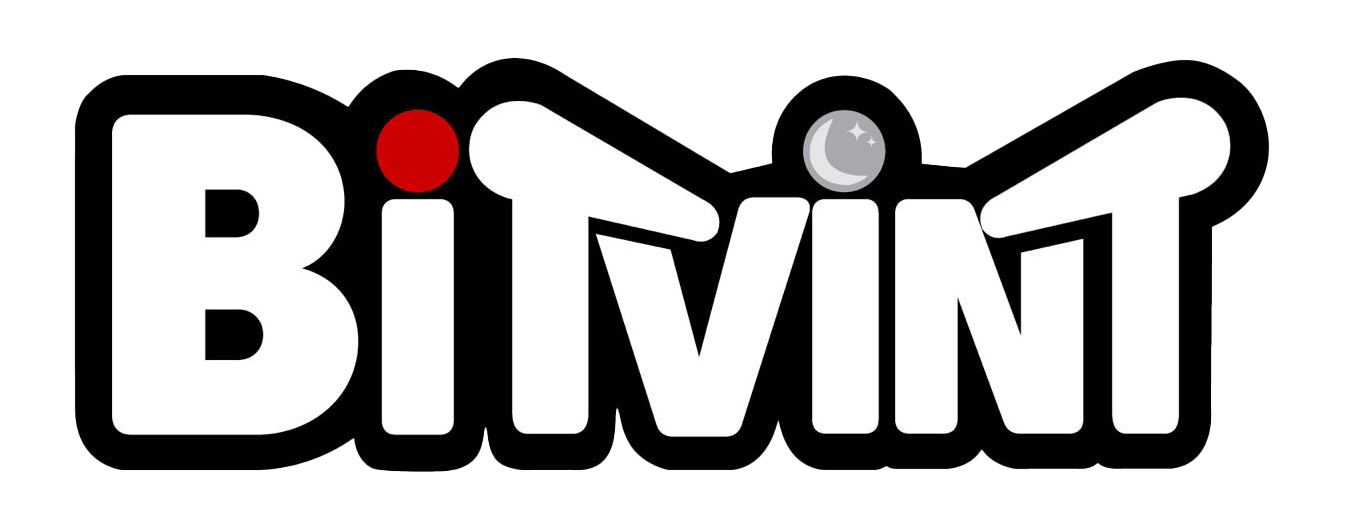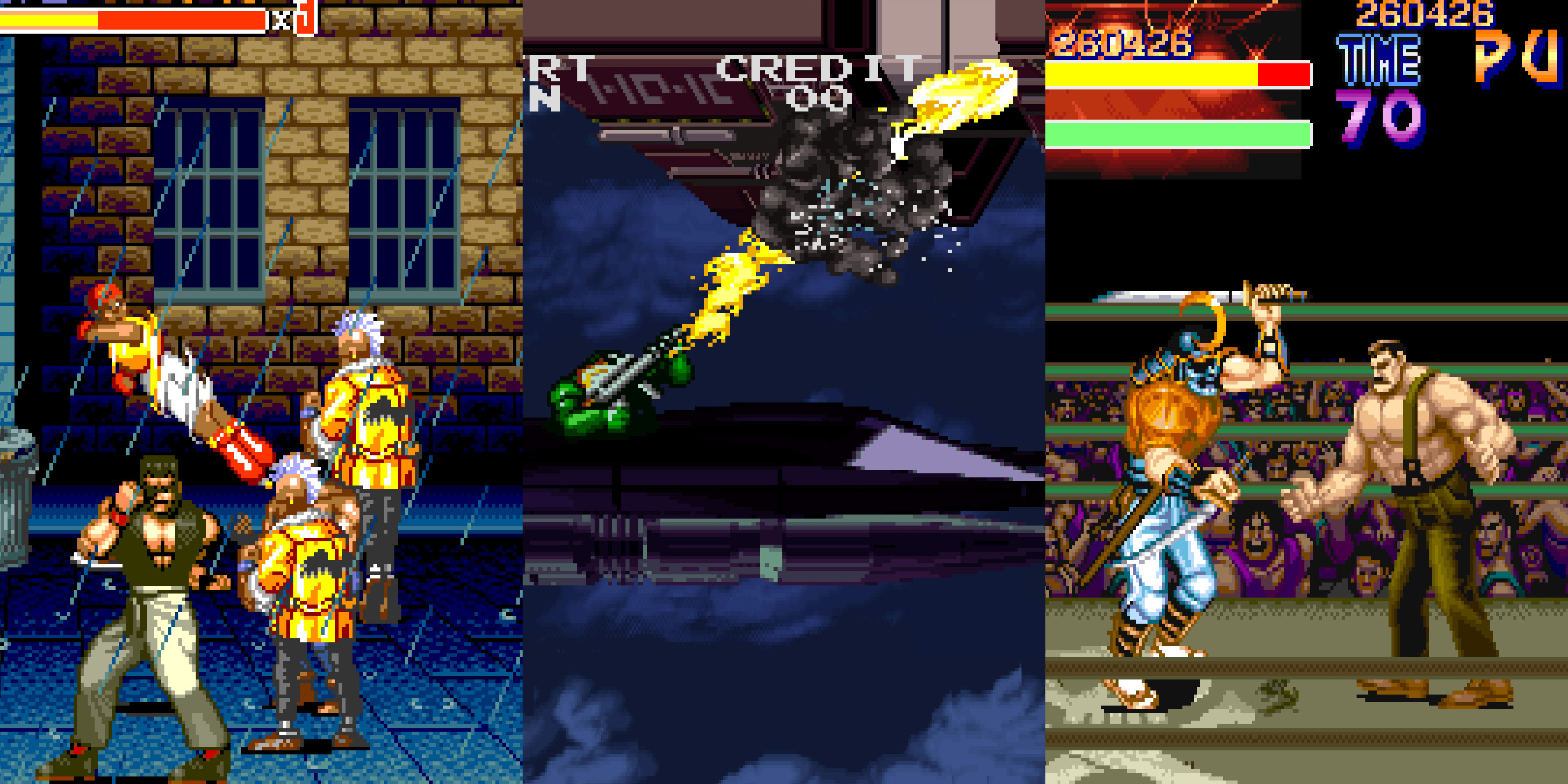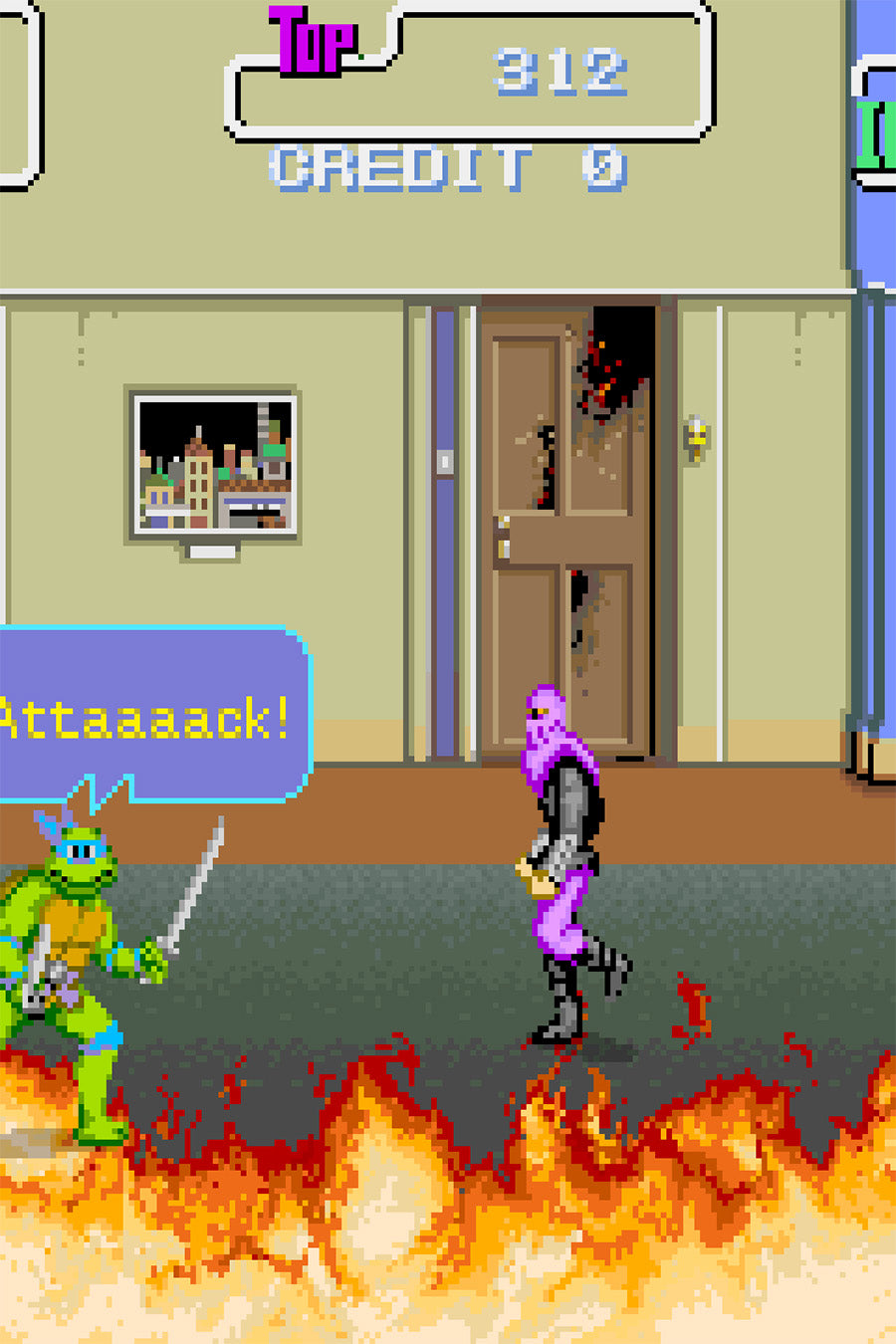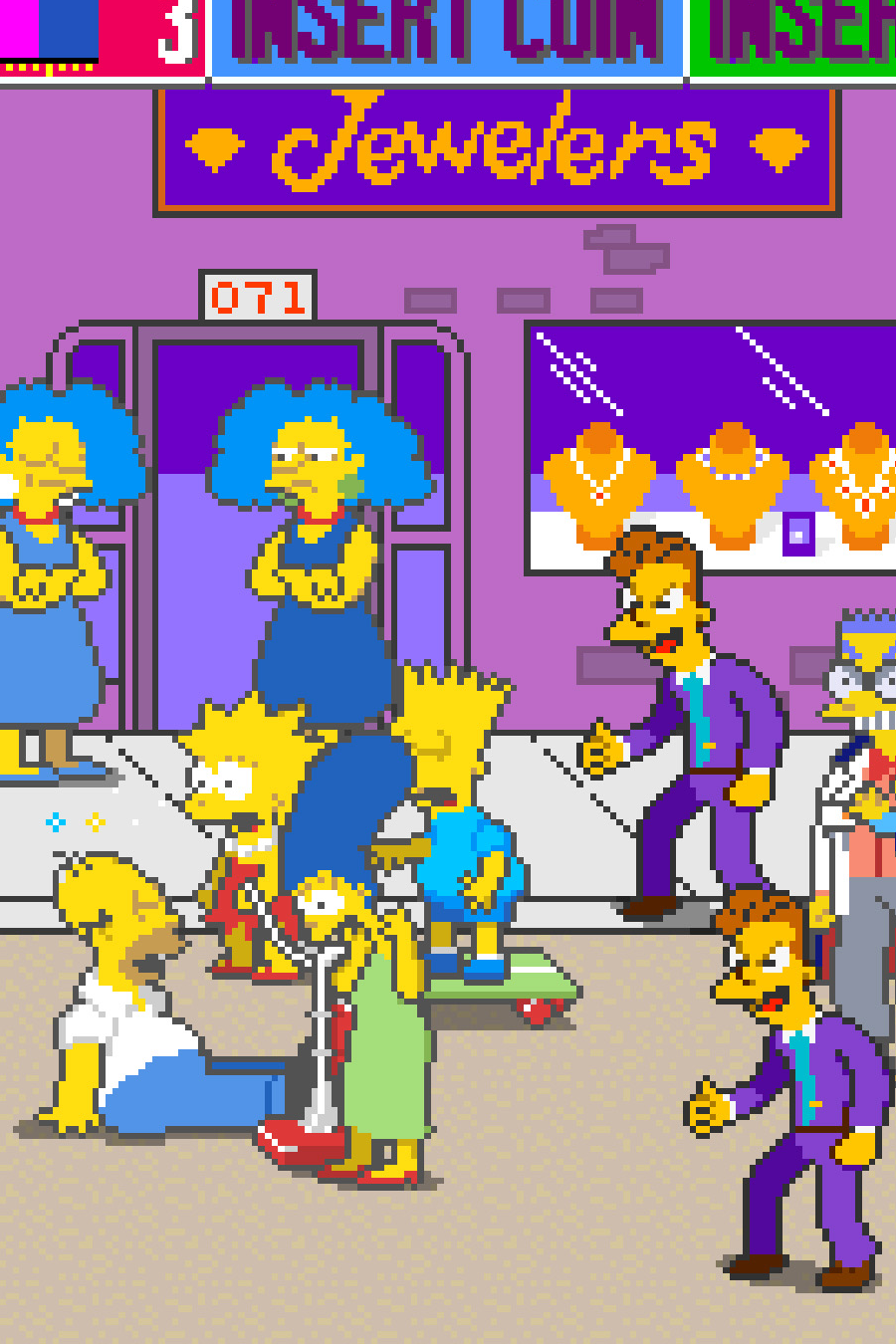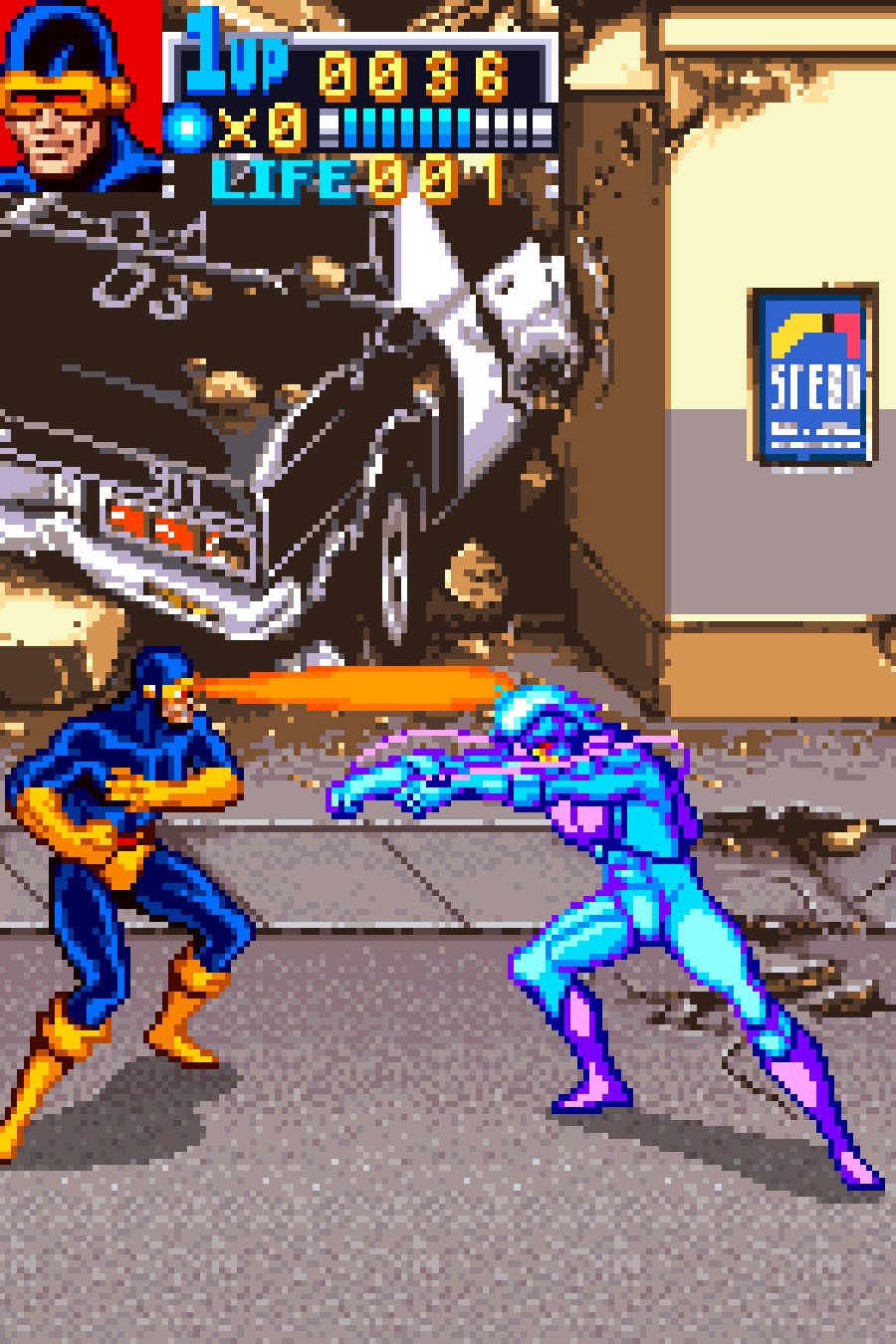Introduction: The Golden Age of Brawlers
In the late 1980s and early 1990s, one genre stood out in arcades for its raw energy, visual flair, and pure co-op fun: the beat ’em up. Whether you were cracking skulls in Double Dragon, tossing Foot Soldiers in TMNT, or piledriving Mad Gear thugs in Final Fight, the appeal was universal: walk right, punch everything.
But how did this genre rise, what innovations did it bring, and why did it fade just as quickly? This is the definitive history of the beat ’em up genre—from Double Dragon to Final Fight, from quarter-munching co-op cabinets to modern-day revivals. Developer quotes, hardware evolution, and cultural context all converge in this deep dive into a genre that once ruled the arcades.
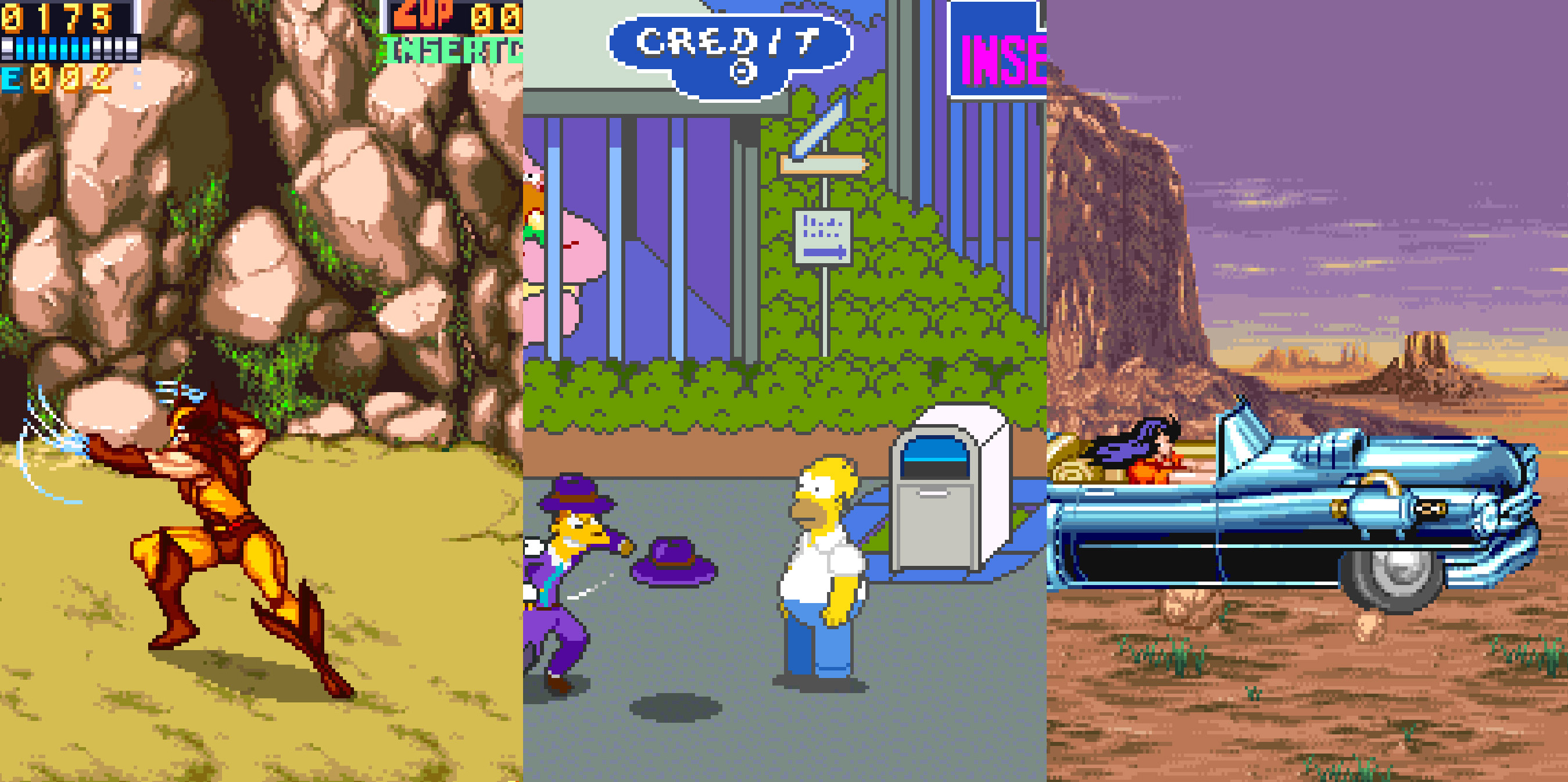
Era One: The Foundations (1984–1986)
While early fighting games like Karate Champ (1984) and Yie Ar Kung-Fu (1985) flirted with martial arts action, the true ancestor of the beat ’em up was Kung-Fu Master (Irem, 1984). Inspired by Bruce Lee films and Jackie Chan’s Wheels on Meals, it introduced:
- Side-scrolling brawling with multiple enemies
- Boss fights after waves of grunts
- Health bars and vertical levels
Kung-Fu Master laid the groundwork—but the genre didn’t explode until 1987.
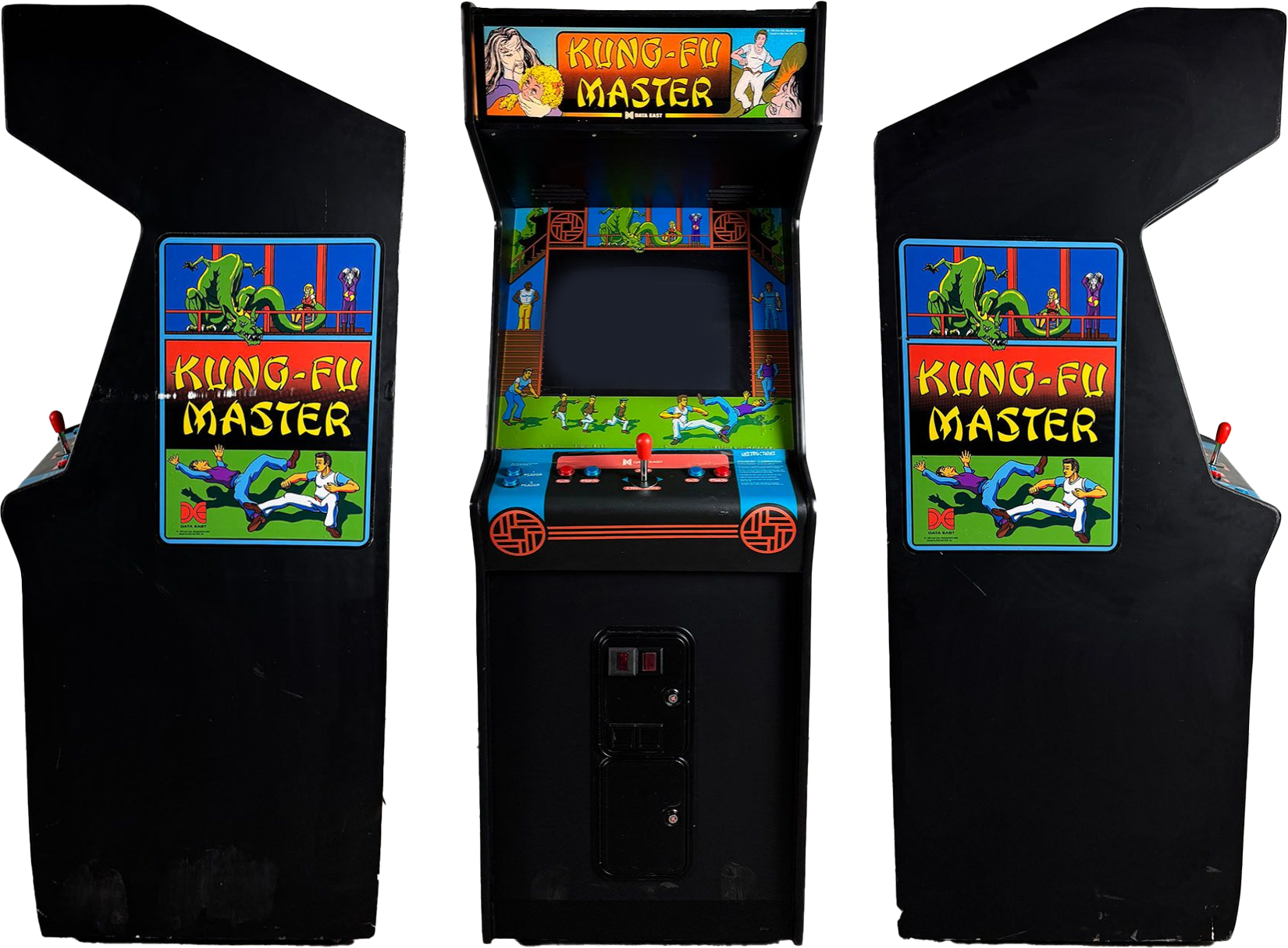
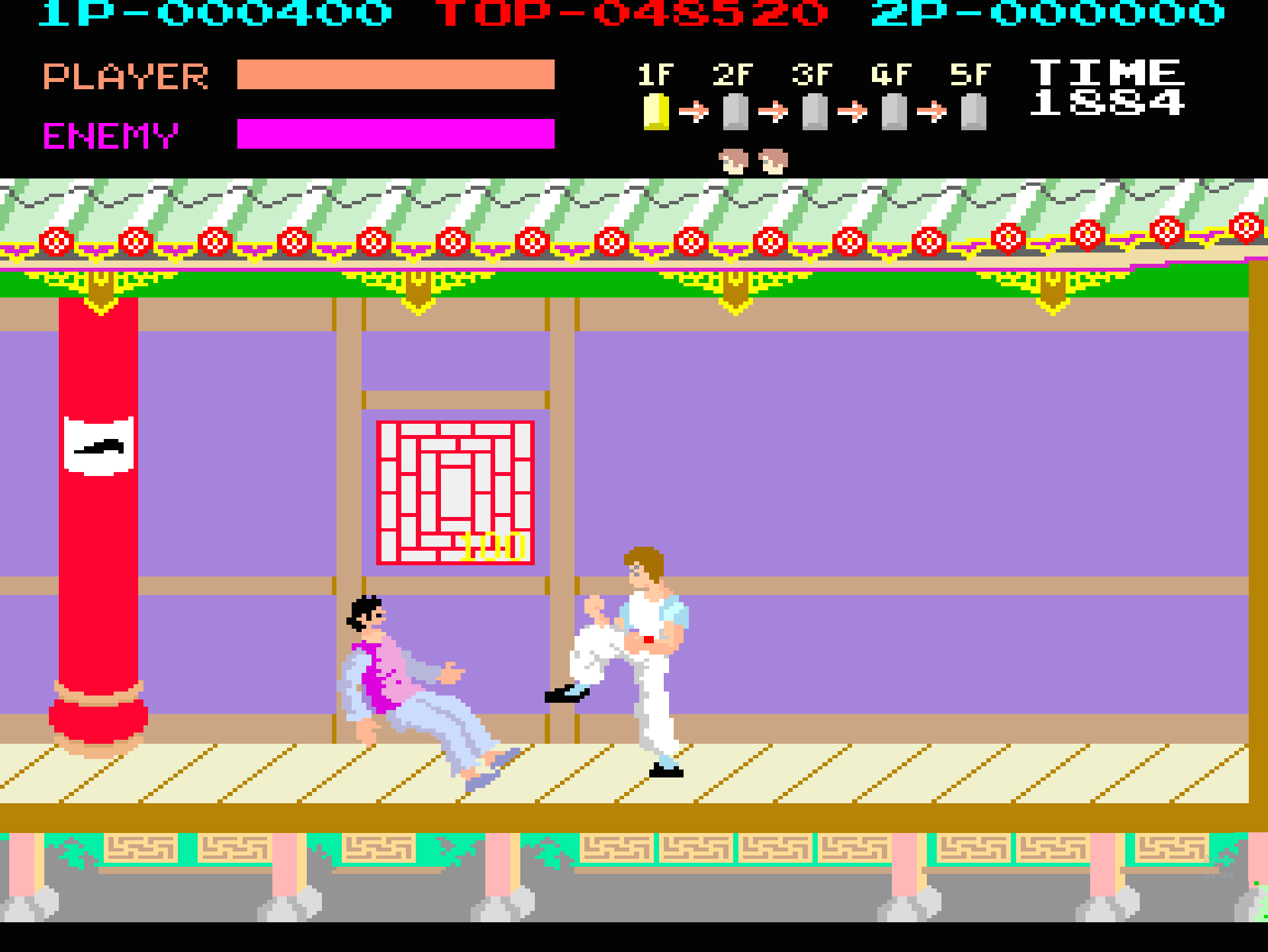
Era Two: Double Dragon and the Co-Op Revolution (1987–1988)
Technōs Japan’s Double Dragon (1987) was the genre's breakout hit. It brought revolutionary features to arcades:
- 2-player cooperative gameplay
- Grapples, throws, and weapon pickups
- Enemies that moved in multiple directions
- A gritty, post-apocalyptic New York setting
It was a global smash and spawned immediate imitators like P.O.W., Renegade, and Bad Dudes—but none matched Double Dragon’s cultural footprint. That is, until Capcom stepped in.
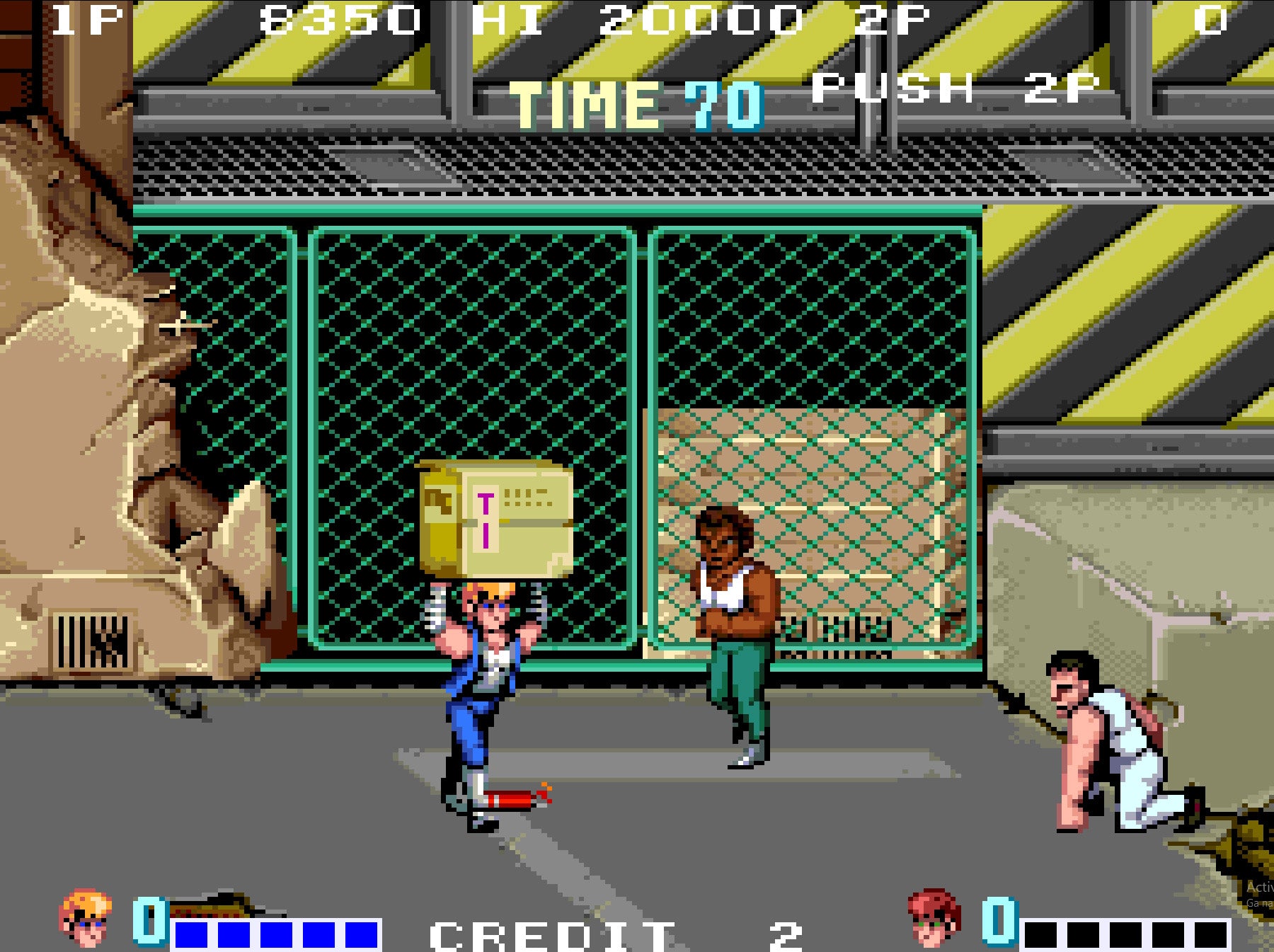
Era Three: Capcom Refines the Genre (1989–1994)
Final Fight: A Pivot From Street Fighter
Final Fight began life as Street Fighter '89, but Capcom pivoted after a hardware issue.
“We had a plan to make a sequel to Street Fighter... but due to a global shortage of 1 MB ROM chips, we had to buy time... so we started developing Final Fight instead.”
— Akiman, Capcom Developer
Heavily inspired by Western action films like Streets of Fire, the team aimed to create a bold, cinematic brawler.
“We wanted large characters with high visual impact. At the time, big things on screen were just cooler.”
— Akiman
Capcom artists hand-trimmed sprites to fit ROM limitations, even recycling animation frames. Constraints forced innovation.
“In Japan, it’s all about ‘how far can I get with one coin.’ In America, players kept pumping tokens just to continue. They were enjoying the loss.”
— Nishitani, Capcom Planner
This insight drove Capcom to make Final Fight bigger, flashier, and more bombastic—an approach that became the new genre standard.
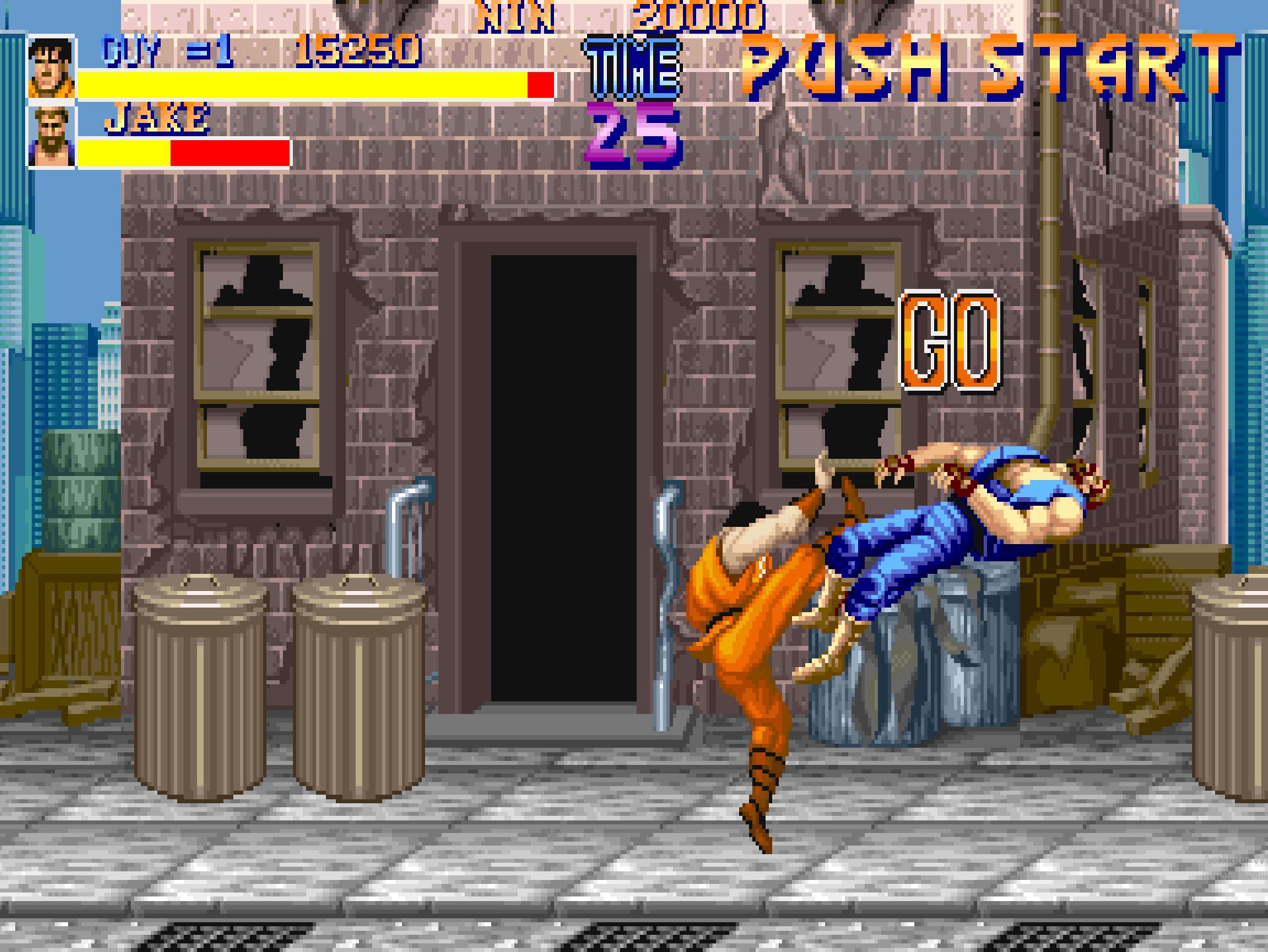
The IP Explosion: TMNT, X-Men, and the Licensed Era (1989–1993)
According to Fumihiro Hishikawa, then-president of Konami, Teenage Mutant Ninja Turtles had already sold over 20,000 arcade units by the time of its international rollout—an extraordinary number for a late-’80s release.
“Currently TMNT is a big hit not just in the U.S., but also in Europe. We hope to bring this game to Japan soon, so please look forward to it,” Hishikawa said in a 1991 interview with Gamest magazine. He also emphasized how Konami empowered young teams with creative freedom, explaining, “Even at Konami, it is possible to have a leading role in the development of a game after only being employed within a year.” That youthful energy was on full display in the wild, expressive tone of their licensed brawlers.
By the early ’90s, licensed properties brought beat ’em ups to the mainstream, led by Konami:
- Teenage Mutant Ninja Turtles (1989): Fast-paced, 4-player action with authentic sound design.
- The Simpsons (1991): Cartoon absurdity and slapstick humor.
- X-Men (1992): 6-player cabinets, screen-shaking attacks, and sprawling sprites.
These games aligned with kids’ TV habits and had instant brand recognition—perfect for coin-hungry arcades.
What Made Beat ’Em Ups So Effective in Arcades?
- Low barrier to entry: Anyone could walk up and play.
- High visual impact: Big sprites, loud hits, and dynamic environments.
- Social gameplay: Best experienced shoulder-to-shoulder.
- Quarter-driven pacing: Enemies swarmed in to drain lives—and coins.
The genre adapted fast: Captain Commando (1991) introduced futuristic absurdity, while Cadillacs and Dinosaurs (1993) mashed together dino chaos and heavy weaponry.
Decline and Mutation (1995–2000)
By the mid-’90s, beat ’em ups lost ground. Why?
- Lack of innovation: Many games felt too similar.
- Fighting game boom: Street Fighter II, Mortal Kombat, and Tekken captured arcade loyalty.
- Rise of 3D experiences: Games like Virtua Fighter and Time Crisis redefined player expectations.
- Console parity: SNES and Genesis offered comparable experiences without the coin-drop model.
Late entries like Battle Circuit (1997) and Alien vs. Predator (1994) were excellent—but arrived after the genre had peaked.
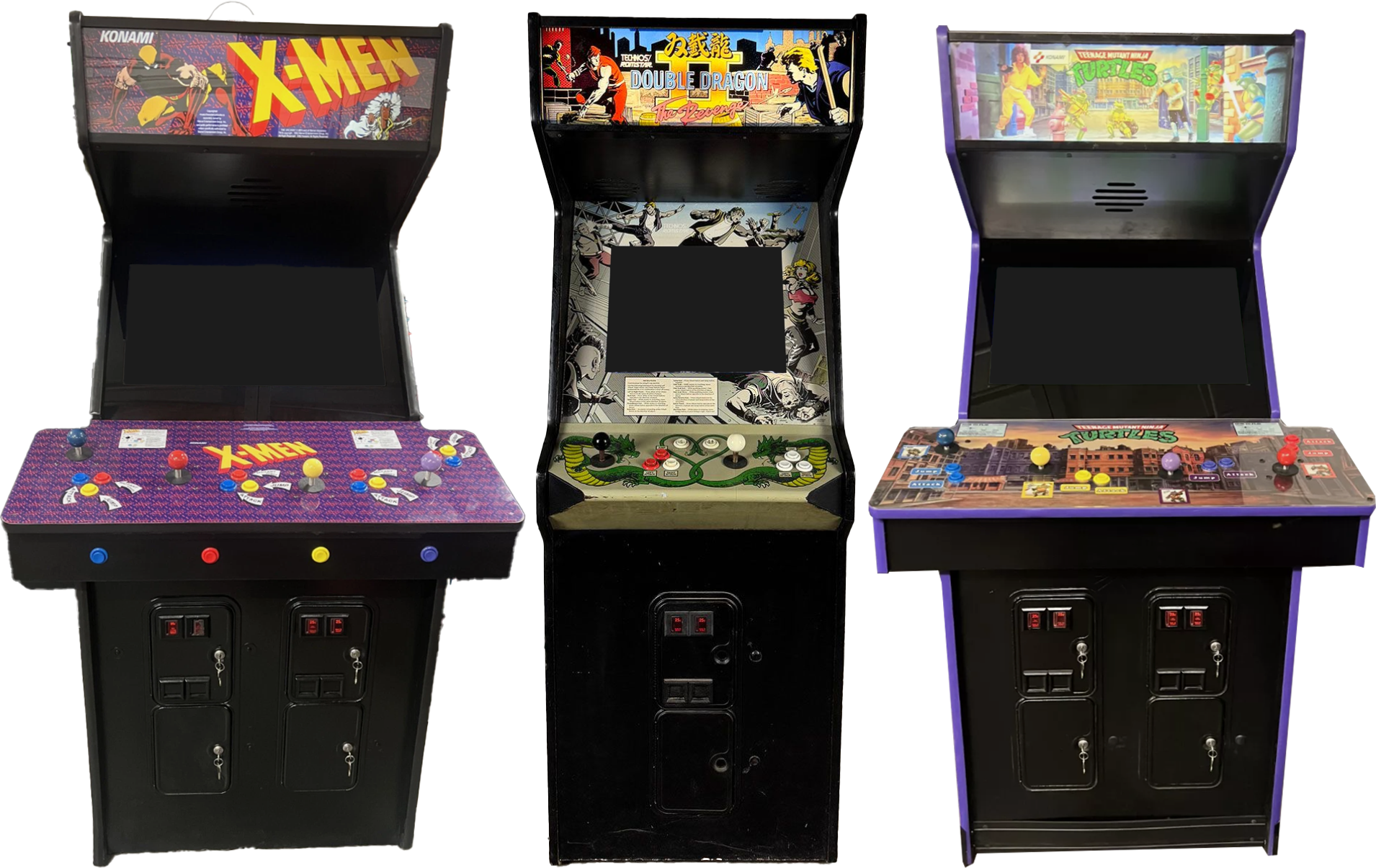
Legacy and Modern Revival
The beat ’em up never fully disappeared—it evolved:
- Spiritual successors: God of War, Bayonetta, Devil May Cry carry beat ’em up DNA into 3D.
- Indie resurgence: Shank, Mother Russia Bleeds, River City Girls revisit the classic format.
- Nostalgic comebacks: TMNT: Shredder’s Revenge (2022) delivered slick retro co-op fun.
- Capcom’s own revival: Capcom Beat ’Em Up Bundle (2018) collected classics like Final Fight, Captain Commando, and Battle Circuit.
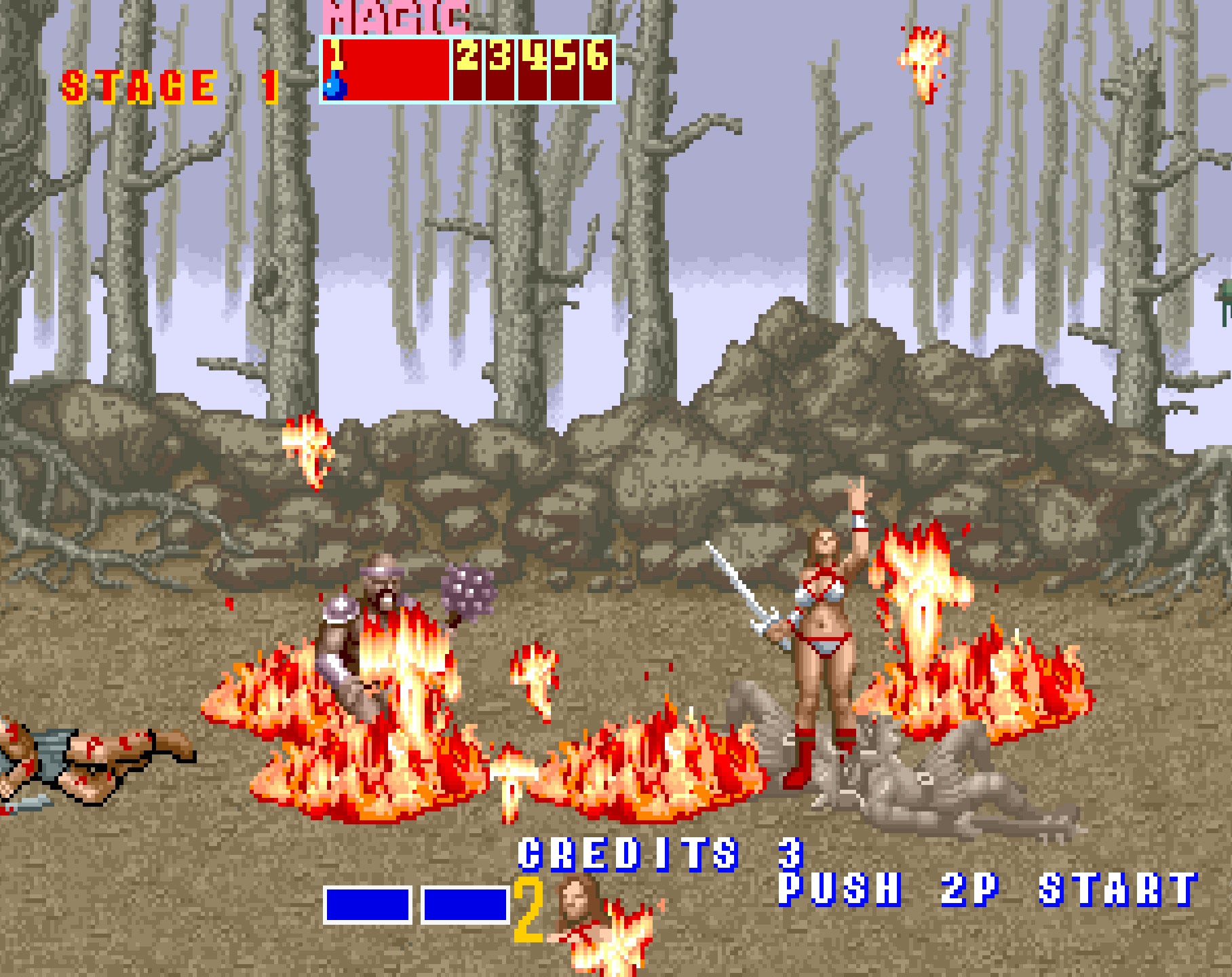
Top 10 Beat ’Em Ups That Defined the Genre
- Battletoads (1994) – Known for its brutal difficulty and outrageous humor, this cult classic fused beat ’em up action with platforming and vehicular stages.
- Golden Axe (1989) – A fantasy-themed brawler from Sega with magic, mounts, and hack-and-slash co-op gameplay.
- Streets of Rage 2 (1992) – A Sega classic praised for its tight controls, variety of characters, and one of the best soundtracks in arcade history.
- Final Fight (1989) – Capcom’s flagship brawler with huge sprites, satisfying combat, and characters that became genre icons.
- Teenage Mutant Ninja Turtles (1989) – Konami’s fast-paced, 4-player arcade smash based on the popular cartoon.
- X-Men (1992) – Known for its massive 6-player cabinet, colorful mutant powers, and screen-filling battles.
- Cadillacs & Dinosaurs (1992) – A quirky Capcom brawler that mixed futuristic weapons with prehistoric beasts.
- Double Dragon (1987) – The genre pioneer that introduced co-op combat, grapples, and urban gang warfare.
- Alien vs. Predator (1994) – Capcom’s sci-fi crossover with deep mechanics, playable Predators, and brutal action.
- The Simpsons (1991) – A humorous and colorful Konami brawler that faithfully brought the animated family to life.
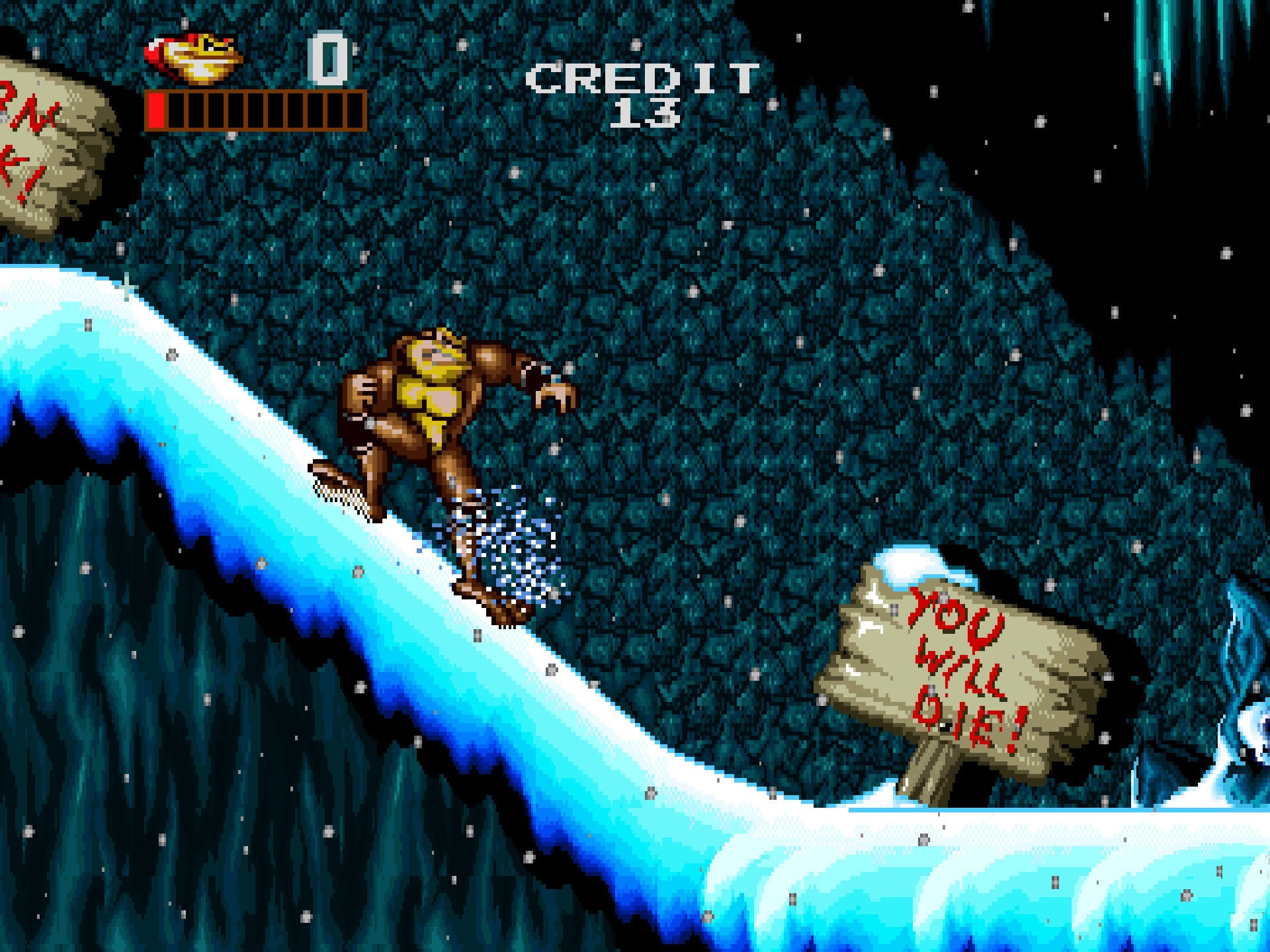
Conclusion: A Genre That Punched Above Its Weight
Beat ’em ups weren’t just games—they were arcade rituals. The rhythm of button-mashing, the thrill of co-op victory, and the visual spectacle of flashing fists and bosses made them unforgettable.
“At the time, big things were just cooler. So we made them big, bold — and unforgettable.”
— Akiman, Capcom Developer
Even today, beat ’em ups echo through game design, revival efforts, and nostalgia-rich collections. They didn’t just fight enemies—they carved their own corner of arcade history.
Sources & Further Reading
- Capcom's Developer Interview
- Kent, Steven L. – The Ultimate History of Video Games
- Interview with Fumihiro Hishikara (original in Japanse)
- Lendino, Jamie – Attract Mode
- From Pinballs to Pixels - Ken Horowitz
- Electronic Games Magazine (Winter Issue 1981), (Issue March 1982) (Issue January 1983), (Issue January 1984)
Related Pages
- What Makes an Arcade Game Great? – A deep dive into the design principles behind the most unforgettable cabinets of all time
- Inside the Metal Slug Legacy: The Developers Who Made It a Classic – How a small team at Nazca crafted one of the most iconic run-and-gun series of all time..
- The Complete History of Mortal Kombat Arcade – How a gritty fighter became a pop culture phenomenon.
- Capcom’s 19XX Series: The Complete History – The vertical shooters that defined a generation of arcade firepower.
- The Complete History of Space Shooter Arcade Games – The genre that launched arcades into orbit.
